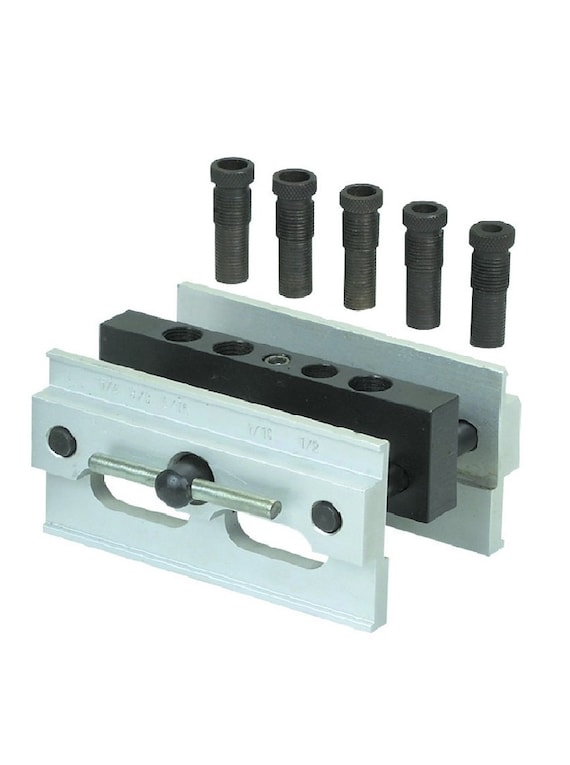transatlantic
Boom!
I've been trying to find a self centering dowel jig like below for sale in the UK. Has anyone come across one?

I already have one like this, but I'm not a fan of it. I like the idea of being able to drill more than one hole at a time as it would make alignment much easier. The closet I have come across is the "Axminster No 1 Dowelling Jig", or the "Double Dowel Jig" from Rutlands, but they're not quite the same thing.
This looks promising, but I'd rather something that could be clamp securely.

I already have one like this, but I'm not a fan of it. I like the idea of being able to drill more than one hole at a time as it would make alignment much easier. The closet I have come across is the "Axminster No 1 Dowelling Jig", or the "Double Dowel Jig" from Rutlands, but they're not quite the same thing.
This looks promising, but I'd rather something that could be clamp securely.
































